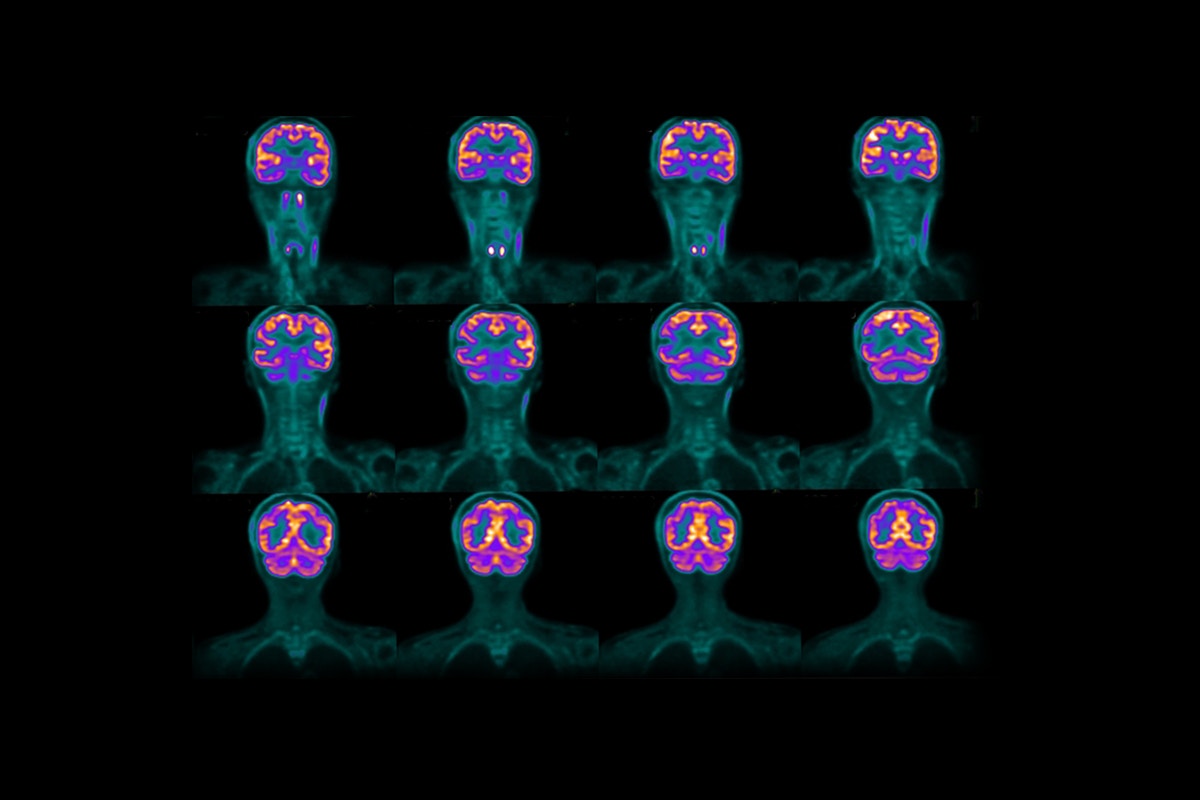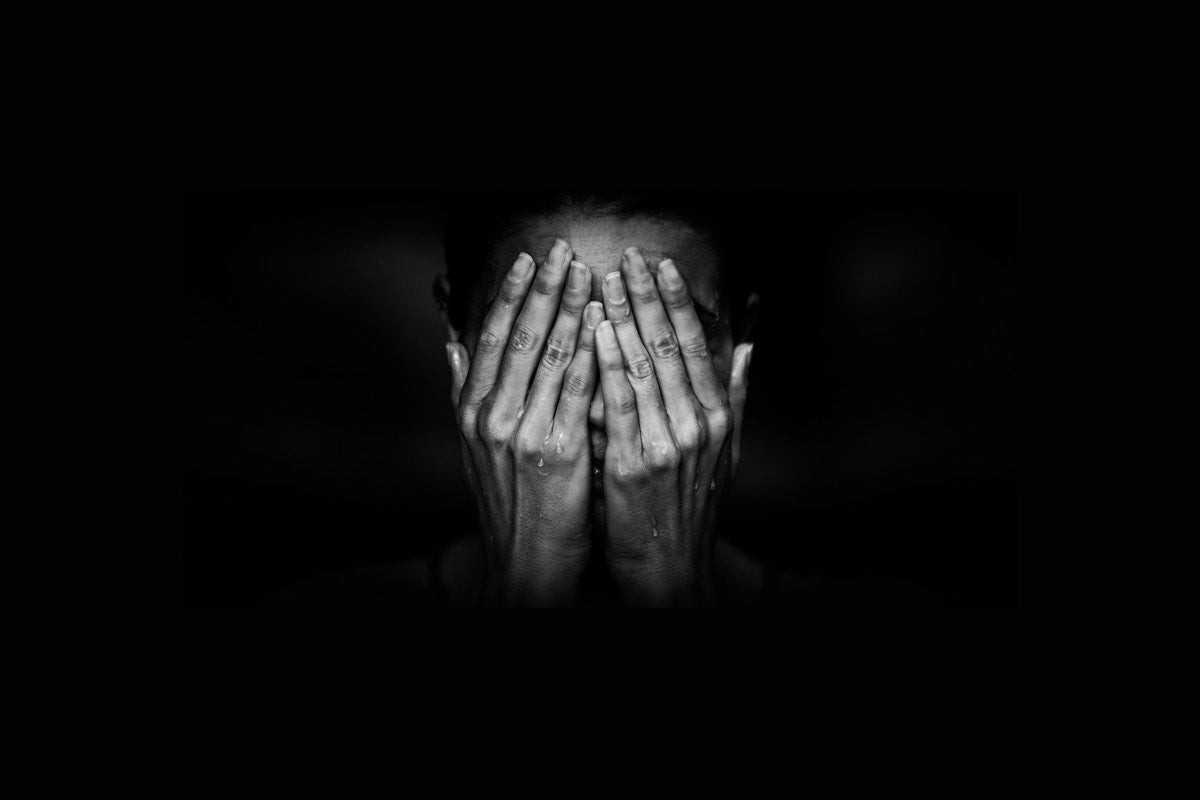When my son was little, we liked to go see a family variety show that performed around town. One afternoon, I sat at my computer to check the performance schedule. I Googled “The Buddy Club,” and, a moment later, was up to my eyeballs in hairy, erect penises. I fumbled to close the browser while checking over my shoulder to see if my three-year-old had witnessed the display. (He hadn’t.)
That incident came to mind years later, during a parent meeting of my son’s Jewish youth group, when a youth mentor warned us of the easy availability and extremity of online porn. One of the moms there recounted a disturbing anecdote: Her 13-year-old had seen an online porn video and later tearfully confided to his mom, “I can’t get it out of my head. I wish I could go back to the time when I’d never seen that.”
So began my quest to learn everything a mother never wanted to know about pornography: What is typically portrayed? How does watching porn affect adolescent boys? Is it addictive? Can I keep my son away from it?
If your idea of porn is naked women in lewd poses or close ups of people vigorously copulating, you’ll have to put aside such quaint notions. Today’s porn is hard core, hard, hard, hard. The industry’s diabolically effective marketing strategy involves baiting and hooking young viewers by feeding them a series of increasingly dehumanizing content, ratcheting up the shock quotient to forestall boredom.
By “dehumanizing,” I mean that the vast majority of heterosexual porn portrays women being violently brutalized and humiliated by one or more men in one or more orifices. Women are gagged, choked, struck, and verbally abused. They have cum squirted in their faces and large objects (made of flesh or other materials) shoved into their orifices. Close-up shots are careful to show the woman’s swollen, torn, and inflamed body parts.
In other words, when boys watch porn, they’re seeing women being sexually assaulted and tortured. Even relatively tame porn videos typically portray sex without intimacy, with a focus on ejaculation, speed, and unusually large breasts, buttocks, and penises. No wonder my son’s youth group friend was traumatized.
Most boys see porn for the first time at the age of 11 and, by the time they’re 18, many are consuming porn on a regular basis. Some of those young men become addicted to porn, though no one seems to know how many.
Girls watch porn, too. The recent spike in the incidence of teen girls waxing their pubic hair, undergoing breast augmentation, and mutilating their genitals with “labiaplasty” surgery has been blamed on porn.
Sociology professor Gail Dines, author of “Pornland”, calls pornography “the public health crisis of the digital age.” Her rhetoric isn’t overblown. According to HuffPo, porn sites get more traffic than Amazon, Twitter, and Netflix combined. A staggering one-third of all internet downloads are pornographic.
Research into the psycho-social effects and addictive qualities of porn is just beginning to catch up with the magnitude of the crisis. A slew of studies link porn consumption with infidelity, job loss, and erectile dysfunction. Young men profiled in Time’s recent cover story on porn describe their experience in similar terms – they got hooked young, and their compulsive use of porn led to sexual dysfunction, shame, and, later, withdrawal symptoms such as depression, headaches, and insomnia.
According to Gary Lynch, a neurobiological psychiatrist at the University of California at Irvine, the viewing of a single pornographic image can immediately alter brain structure. Many researchers corroborate Lynch, among them University of Texas neurosurgeon Don Hilton, who testified at a congressional briefing on pornography in January 2015.
Hilton characterizes pornography as a readily available drug that produces an addictive neurochemical trap and notes that brain imaging of porn addicts shows shrinkage in the brain’s reward and control centers akin to that of drug addicts.
Cambridge University addiction expert Valerie Voon puts it more succinctly: “Letting our children consume
There are, to be sure, a handful of researchers who posit the innocuousness of porn, but they’re up against a growing consensus that porn is harmful and addictive.
Certified sex therapist Wendy Maltz has treated dozens of compulsive porn users at her practice in Eugene, Oregon, including growing numbers of young men who started using porn as teens but didn’t acknowledge they had a problem until they began suffering erectile dysfunction or depression in their 20s. Her porn clients are ashamed of themselves, often self-isolate, and experience poor self-esteem, insomnia, and anxiety.
Maltz, co-author of "The Porn Trap: The Essential Guide to Overcoming Problems Caused by Pornography," says that porn was the first sexual experience of many of her clients. Instead of stealing kisses under the bleachers, these young men are masturbating in front of screens. “Porn railroads their sexuality,” she says. “They don’t realize they’re forfeiting control to this industry and giving up something very precious – love-based intimacy and erotic imagination.”
A little-noticed Salon essay by novelist Mark Slouka echoes Maltz’s lament. Slouka contrasts the experience of cyberporn with the experience of lovemaking. He likens online porn to a “million-room whorehouse” that offers a 24/7 smorgasbord of pre-packaged sexual fantasies that colonize the mind. In Slouka’s experience, the price porn users pay is the loss of imagination, accountability, and agency. They become an “army of unmanned drones, piloting our libido through the ether.”
Maltz’s clinical experience bears out what Slouka intuited and researchers have found – that porn serves up a powerful cocktail of feel-good neurotransmitters and adrenaline and that this blend of novelty, stimulation, and pleasure amps up what’s already a powerful, feel-good, biological response to an irresistible intensity.
Kids whose brains are wired for novelty, excitement, and risk, are particularly susceptible. Gay youth, Maltz notes, may seek out porn because of the dearth of healthy images portraying same sex coupling, but, like straight youth, can become hooked.
To make matters worse, free porn is never more than a few mouse clicks or cell phone swipes away. Some kids seek out porn, others come across it accidentally while Googling seemingly innocent terms such as "panda movies," "bravo teens," and, my personal favorite, "whitehouse.com."
Age-appropriate curiosity can land a young child searching for words like “boobs” or “butt” on some highly inappropriate sites. A colleague of Maltz's once treated an eight-year-old boy who got shocked, then hooked, when his search for butt images delivered images of double penetration anal sex.
Maltz reminds parents that all kids are naturally curious about sex and counsels them to make sure their kids get authentic sexual education before porn becomes their teacher. Some of Maltz’s clients don’t even know they can have an orgasm without porn while others demand that their first sexual partners act out scenes they saw in a video.
If your child does get exposed, Maltz advises staying calm and not lashing out or blaming your child. Educate yourself about why porn is harmful and share this information with your child. Validate your child’s curiosity, engage in honest, non-judgmental communication, and, if needed, seek professional help.
Parental filters on devices can help protect younger children, but most seem to figure out how to disable the filter. Eventually, they’ll see porn, whether on their own device or a friend’s. Dines’ organization offers additional resources for concerned parents.
During the time it took you to read this article, eight million people viewed porn. Was your child one of them?



